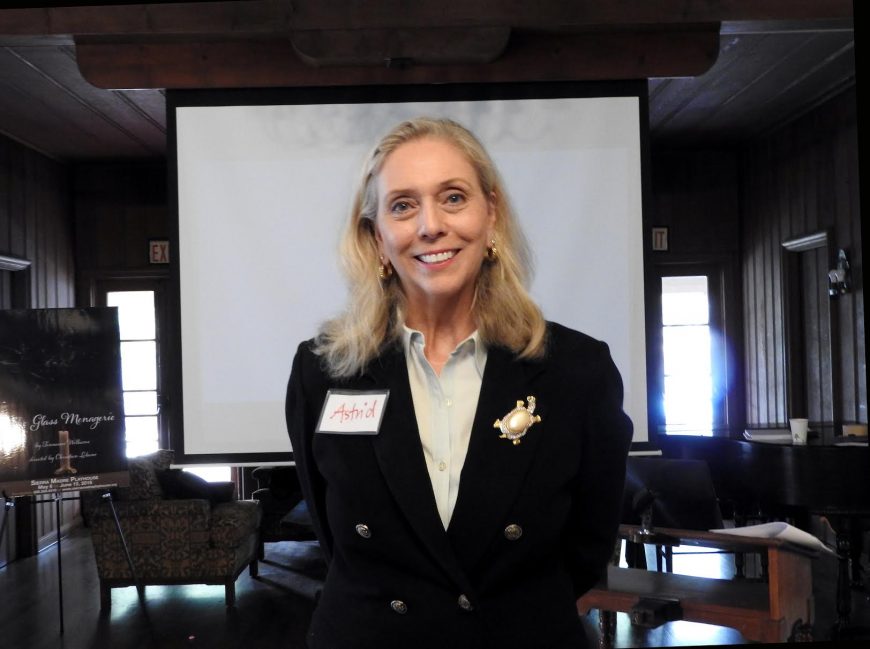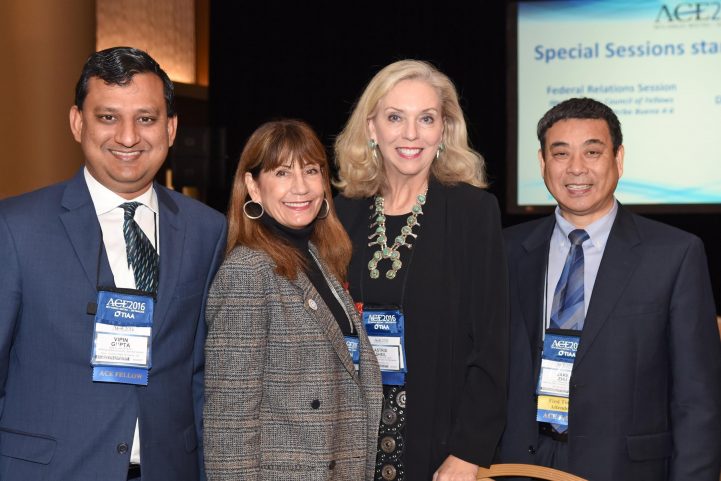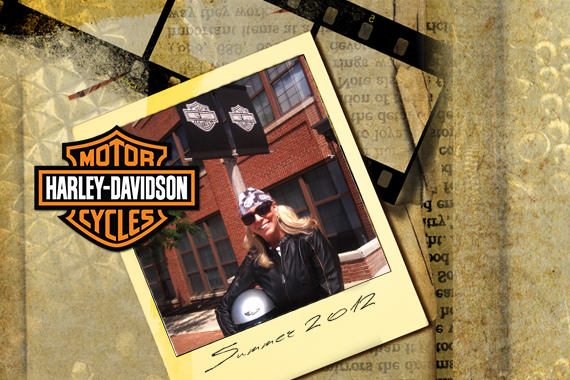Winning at Transactional Negotiations
In my early twenties after recently finishing college, I moved to Texas. About a year later, I was finally in a position to buy a pick-up truck (the obligatory cowboy boots and two-step dancing lessons already acquired). The local Chevy dealership had a special promotion going on—buy a vehicle and receive two airplane tickets to anywhere Continental Airlines flew.
I am sure I looked like an easy mark for the car salesman when I walked into the dealership that afternoon. Based on what I could afford, he showed me a no-thrills, four cylinder small pick-up with four-on-the-floor and bench seating. But it did have an FM radio and air conditioning. Sold!
After plunking down my hard earned deposit and signing my life away, I went to pick up the truck. To my horror, it had no back bumper. The truck looked ridiculous without the back bumper, and I’m sure it was dangerous to not have a bumper as it is an integral part of the vehicle.
Panicked, I blurted out, “Where’s the bumper?”
He replied calmly, “You didn’t ask for a bumper.”
I was livid. I snapped back, “Yeah, I didn’t ask for a steering wheel either, but it came with the truck!” We went round and round. My heart was pounding. I felt betrayed, taken, swindled. The salesman, on the other hand seemed incredibly pleased with himself and downright smug.
He feigned helpfulness. “Look, it will cost me, but I can sell you a bumper for $200.”
I knew that I had been sucker-punched by the salesman. I felt sick. “No thanks,” I said. “Just give me the Continental Airlines tickets and the keys to the truck.”
When I got home I called the airlines and booked a flight to the furthest place away from Texas I could go: Barbados. A friend went with me and we had a great week in the tropics. Upon my return, I drove to a Toyota dealership, traded in my white Chevy truck and bought a new, prettier, sexier, better equipped small pick-up truck that I was proud to drive for several years. I paid a hefty price to trade-in a car with less than 5,000 miles on it, but I didn’t care. I had to get the feeling of slime off me. To no surprise, I never set foot in a Chevrolet dealership again.
What happened to me happens to thousands of people every day. I got beaten at a game I did not know I was playing. The memory still stings. But it was an important life lesson that I have never forgotten, and it led me to create five tips for any kind of transactional negotiations. Here is my Caveat Emptor (Buyer Beware) list:
- Educate yourself before you start a negotiation. Do your due diligence. Know what things cost. Know what’s included. Find out how well the product or service compares in cost, reliability, and resale value compared to similar products or services.
- Get your emotions under control. When we are emotional, rationality goes out the window and we often end up with an impulse buy that we later regret.
- Wait. Sleep on it. Come back another day. Do not let a sales person scare you into making a purchase that you have not rationally vetted.
- Know your alternatives. There is not one perfect car, one can’t-live-without-refrigerator, or one perfect dream house available to you. Stay philosophical.
- Get it in writing.




